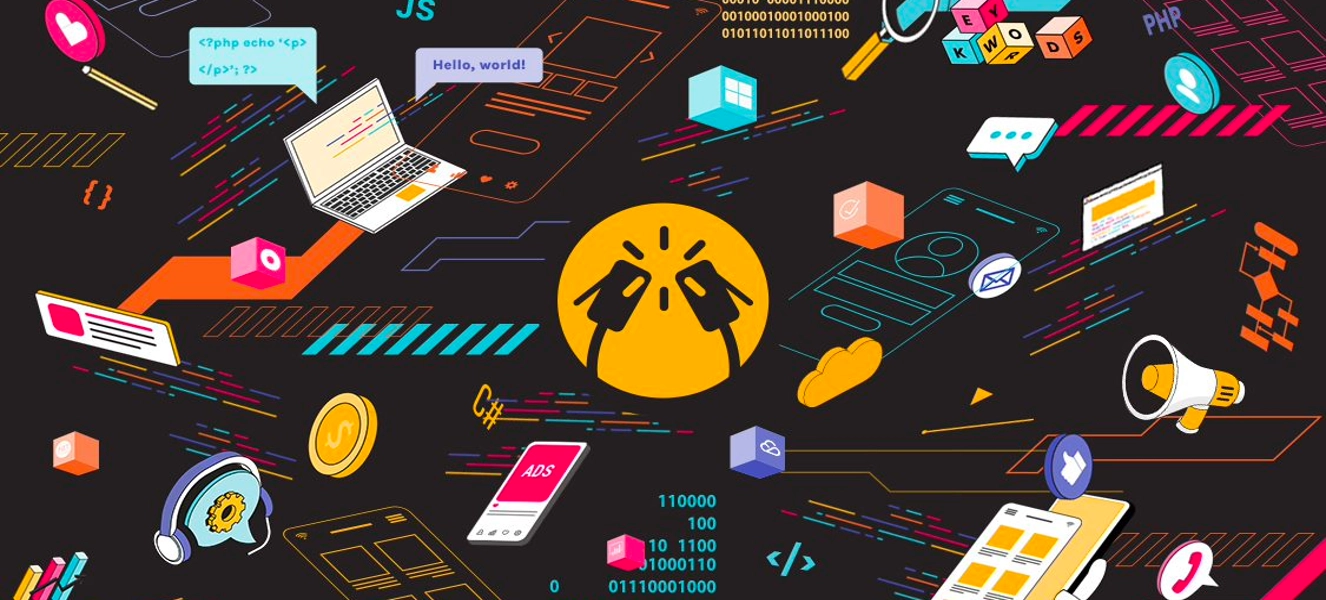Cybersecurity threats are getting more aggressive, sophisticated, and rampant amid the increasing levels of as work-from-home (WFH) arrangements, dependence on digital devices, and pervasive demand to transition to the cloud. Take a look at the top five cybersecurity threats for businesses, and how organizations can protect themselves against them.
- Malware
Malware refers to any malicious form of software that is designed to track a computer user’s activity without their knowledge or to steal, delete, or alter core computer functions. Common malware includes worms, spyware, Trojan horses, and viruses commonly distributed through internet downloads, USB external drives, and physical hard drives.
To provide optimal protection, install a multilayered security solution that uses antivirus, intrusion detection systems (IDSs), and deep-packet inspection firewalls. IT admins should also have a central control panel to manage devices and ensure all users’ security is up to date.
- Ransomware
Ransomware is a data-encrypting program that involves hijacking and locking a user’s computer system or files for blackmail and ransom in exchange for release and recovery of affected/infected data.
All business devices must have strong Endpoint Protection in place. These will help very quickly detect, stop, and mitigate against ransomware attacks. A solid data backup and recovery plan is also crucial for minimizing loss of productivity and for improving cyber-resilience.
- Cloud Computing Vulnerabilities
Countless new cybersecurity threats are being developed daily but businesses are more at risk when they fail to address old security vulnerabilities within their accounts, software, and systems. Examples include scanning for cloud servers with weak or no passwords, infiltrating user accounts, using coordinated DDoS attacks, or exploiting unpatched systems.
To strengthen the cloud computing defenses, prioritize proper cloud storage configuration, end-user actions on cloud devices, and security of application user interfaces (APIs).
- Data Leakage
The Internet of Things (IoT) encompasses many “smart” devices which represent a massive opportunity to cybercriminals especially if there are no strong security installed.
How to prevent data leak:
- All mobile devices must have passcode locks and encryption software.
- Turn on GPS tracking and GPS capability to remotely wipe the device if it is lost.
- Use content filtering to scan text, images, and email attachments for potential leaks and threats.
- Take a Zero-Trust approach when giving access permissions to employees.
- Educate users on the dangers of data leakage.
- Social Engineering Attacks
Social engineering attacks rely on social interaction and human psychology manipulation – not just internet bots entering a computer. And because humans are prone to error, social engineering is the biggest security risk today.
What’s a Phishing Attack?
Phishing attacks refer to tricking users into surrendering sensitive information or legitimate access credentials so that attackers can wreak havoc on your business’ systems.
Some effective counters to social engineering attacks include:
- Using multiple authentication methods for giving users access to your network.
- Enacting a policy of least privilege for user accounts in your system.
- Using custom anti-phishing solutions to recognize suspicious links and attachments on emails.
Certified Chief Information Security Officer (CISO) Services
It’s not a question of if but when your organization will be targeted by cybercriminals. Learn more about how ClinkIT Solutions can Secure, Optimize, and Synchronize (S.O.S.) your business cybersecurity through certified CISO services. Get started today.



